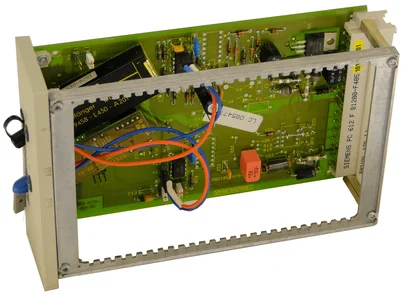Product Information
1. Application
The plug-in-fibre-optic transceiver module (LW-SE) can be used to transmit in serial
mode digital data at the TTL-level. Optical signal are transmitted and received in
two seperate channels via fibre-optic cables. The main reason for transmission by
means of fibre-optic cables in industrial technology are:
- complete electric decoupling of transmitter and
receiver
- High interference protection of the transmission paths
- Ground loop immunity
- Interaction immunity with respect to electromagnetic
interfering field
- No crosstalk between the transmission channels
- High packing density, compact dimensions and low
weight of the data channels
- High voltage data transmission at ground potential
2. Mode of operation
A fibre-optic transmission system consists of electric
components such as trigger circuit, transmission diode (IR-diode), receiving diode
(Photodiode) and amplifier circuit as well as the optical and mechanical com-
ponents such as fibre-optic cables and plug connectors.
The digital signals at TTL level applied to the input are fed to a transmitter directly
(TTL), and the voltage pulses are converted into current pulses to drive and infrared
diode.
The receiver unit consists of a receiver with photodiode. This receiver converts the
optical pulses from the fibre-optic cable into amplified electronic signals. These
are available at the receiver output at TTL level. Data at TTL (0 to 5V) are transmitted
in simplex or duplex mode.
Data can be transmitted over distances up to 5500m (depending on the fibre-
optic cable used) when using the DE 22 receiver. A data transfer rate up to 2 Mbit/s
at TTL level is permissable.



